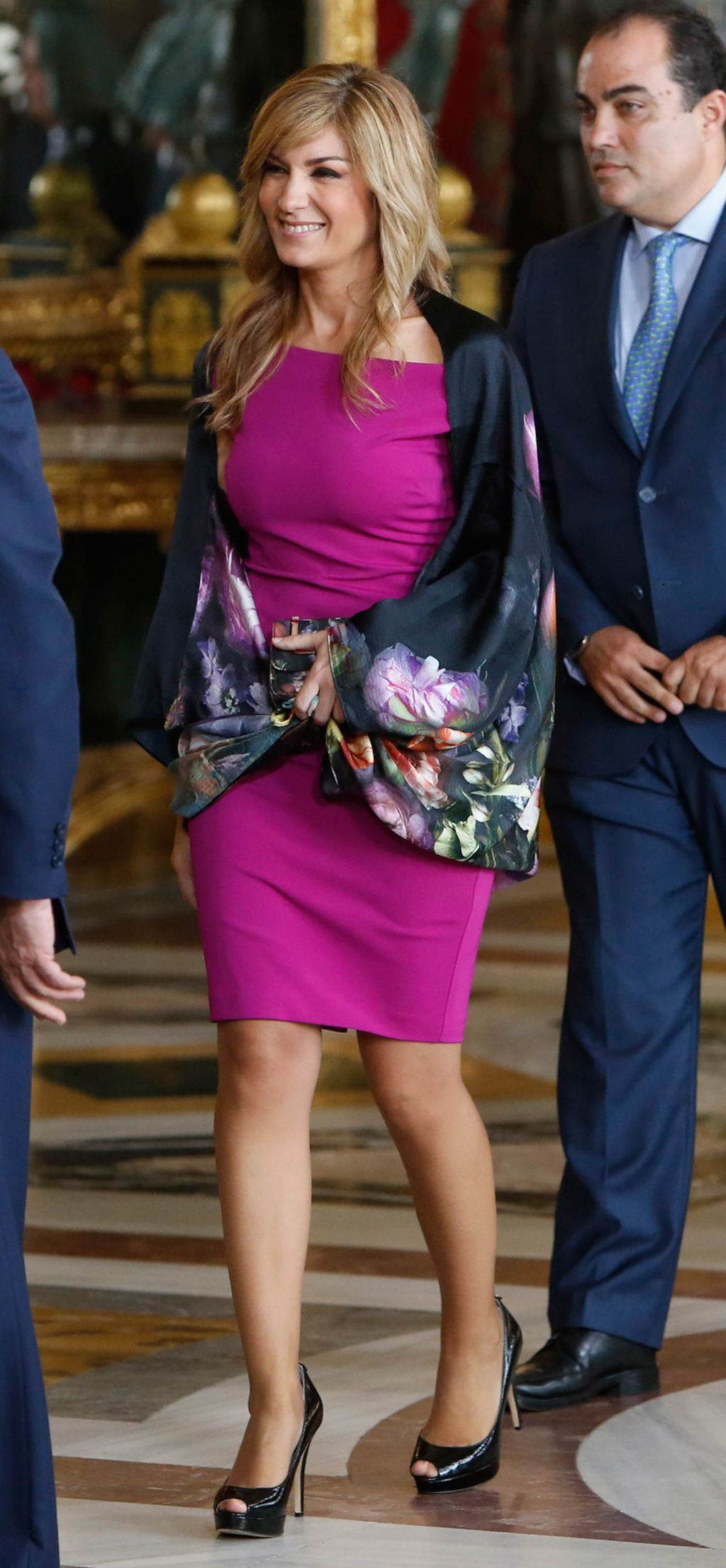
Police fear that a dangerous precedent has been set which will help lawyers representing sex offenders.

The gallery had taken the unusual step of hiring a high-powered legal team, including one of the country's top barristers, Geoffrey Robertson, QC, to argue its case in a written submission to the DPP.Ī CPS spokesman last night said lawyers believed there was no realistic prospect of a conviction. 'The CPS considered whether the photographs in question were indecent and the likely defence of the gallery, ie whether they had a legitimate reason for showing them,' the spokesman said. Last night the Saatchi Gallery - where the pictures have remained on show throughout the investigation - joined the two artists in issuing a statement expressing their delight and relief. 'It's been a very worrying time for the two artists involved and their families,' said a spokesman. The photographs will remain on show until April 15. Police were first alerted to the controversial pictures on February 8 and covertly visited the gallery four days later.Ī file was submitted to the CPS on February 14 and police later warned the gallery to remove the pictures or risk them being seized. The exhibition, which has been running since mid-January, is sponsored by the Independent on Sunday newspaper, whose art critic describes some of the more controversial images as 'exhilarating portraits of family life'. Gerald Howarth MP, chairman of the cross-party Family and Child Protection Committee, warned the 'intellectual elite' against putting children at risk by sending the wrong message to paedophiles. Gallery officials will meet with police and lawyers to discuss the issue today.ĭetectives will stress their determination to 'police' such exhibitions in the future.

It is unique in social science as it would be the first systematic compilation of the wider social structural, cultural, cross-national, organizational, and interactional dimension of human moral (understood broadly) thought, feeling, and behavior.Rachel Stevens looks effortlessly chic in a black off-the-shoulder sundress as she poses with rarely-seen daughters Amelie, 11, and Minnie, eight Gwyneth Paltrow wishes lookalike daughter Apple a happy 18th birthday: 'You are everything I could have dreamed of and so much more'

The Handbook of the Sociology of Morality fills a niche within sociology making explicit the shared concerns of scholars across the disciplines as they relate to an often-overlooked dimension of human social life. Many scholars work on areas that would fall under the umbrella of a sociology of morality but do not self-identify in such a manner, nor orient their efforts toward conceptualizing what we know, and should know, along these dimensions. Sociology has much to offer, but is not fully engaged in this conversation. In the last half-century, however, explicit interest in these topics has waned, and modern sociology has become uninterested in these matters and morality has become marginalized within the discipline.īut a resurgence in the topic is happening in related disciplines – psychology, neurology, philosophy, and anthropology - and in the wider national discourse. Morality includes both the "shoulds" and "should nots" of human activity, its proactive and inhibitive elements.Īt one time, sociologists were centrally concerned with morality, issues like social cohesion, values, the goals and norms that structure society, and the ways individuals get socialized to reproduce those concerns.

Morality involves the explicit and implicit sets of rules and shared understandings that keep human social groups intact. Morality is sociologically understood as more than simply helping or harming others it encompasses any way that individuals form understandings of what behaviors are better than others, what goals are most laudable, and what "proper" people believe, feel, and do. Human beings necessarily understand their social worlds in moral terms, orienting their lives, relationships, and activities around socially-produced notions of right and wrong.


 0 kommentar(er)
0 kommentar(er)
